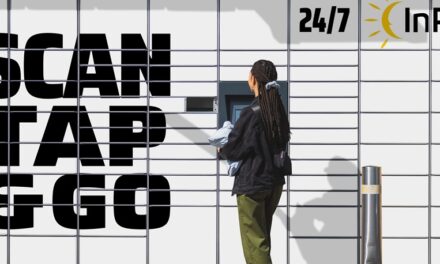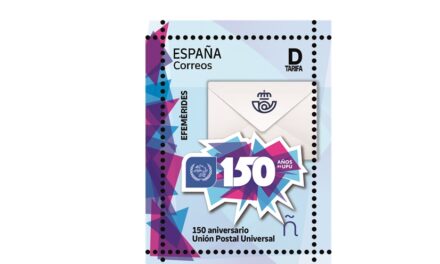
Correos – Post office electronically tags letters, parcels
Expatica
The post office is electronically tagging some letters and parcels to make sure they get to their intended recipients.
In the first scheme of its kind in Europe, Correos has begun to electronically tag the mail to cut costs and improve efficiency.
The system, which is being used in a pioneering project involving 10,000 letters a month, involves tagging mail with Radio Frequency Identification (RFID) to allow it to be tracked electronically.
The Spanish daily El Pais reported on Wednesday the system may be expanded.
Correos has spent one million euros installing 1,900 antennas and 330 tag readers at 16 automated mail sorting centres around the country
It plans to use the system mainly with parcel services.
In an effort to dispel concerns of a Big Brother-type scheme, Correos says no personal information about the sender or the recipient is exchanged.
The Independent
Spain introduces electronic tagging system to track post
British holidaymakers visiting Spain can soon be certain their postcards will reach home after a new electronic tagging system was introduced by the Spanish post office.
In the first programme of its kind in Europe, Correos, the Spanish post office, has attached small tags on some letters and parcels to make sure they get to their intended recipients.
The tags, contained in small stickers, send off radio signals which are picked up by scanners in sorting offices around the country.
Under the system, which is being used in a pioneering project involving 10,000 letters a month, Radio Frequency Identification tags (RFID) will be placed on mail so that it can be tracked electronically.
So far Correos has spent €1m installing 1,900 antennas and 330 tag readers at 16 automated sorting centres around Spain.
At the moment it is mainly using the service to make sure parcels arrive. But if it proves cost effective and improves efficiency, the system may be rolled out across Spain on a permanent basis.
Correos handles 5 billion letters and parcels each year, so using chips on all mail would prove costly.
Regina Defarges, the deputy director of Correos innovation arm, said: “The system allows us to keep control of mail processing automatically and lets us detect bottlenecks in the system and solve them as they happen.”
But some critics have suggested putting chips on mail is another way to monitor what individuals are sending in the post.
In an effort to dispel these concerns, Correos stressed no personal information about the sender or the recipient is exchanged. The Spanish Data Protection Agency said the post office is entitled to use the information on all mail to send letters and parcels, so use of the chip did not break any law.
French and Dutch post office representatives have already expressed an interest in the service. But so far, the Royal Mail has not been in touch.












